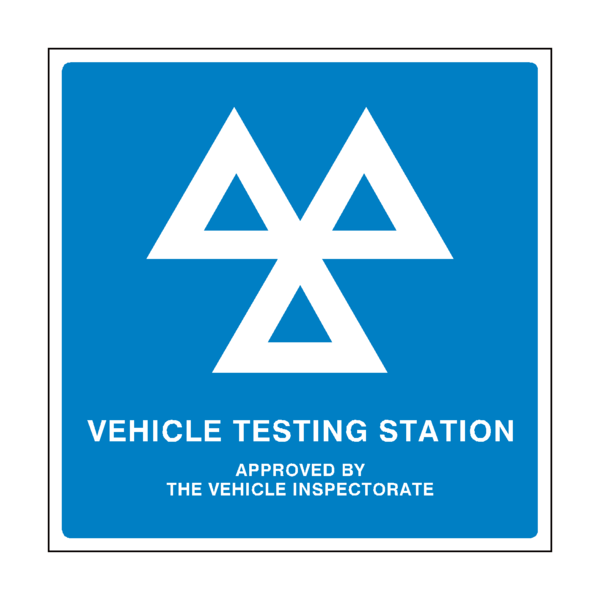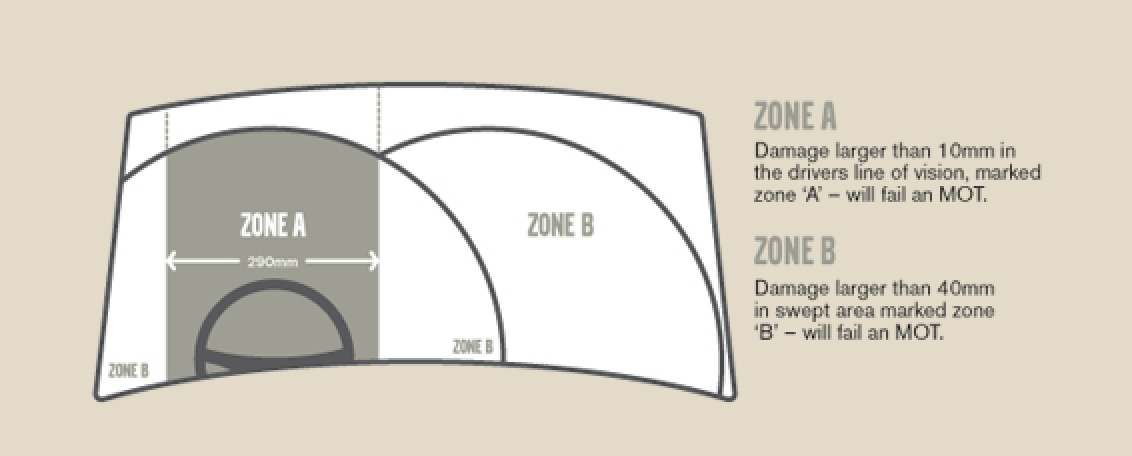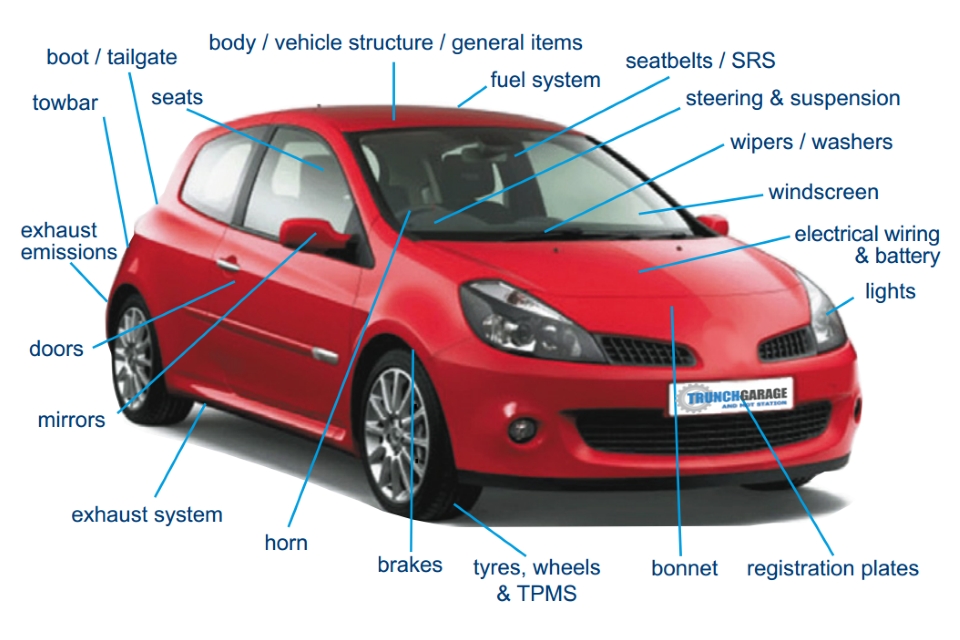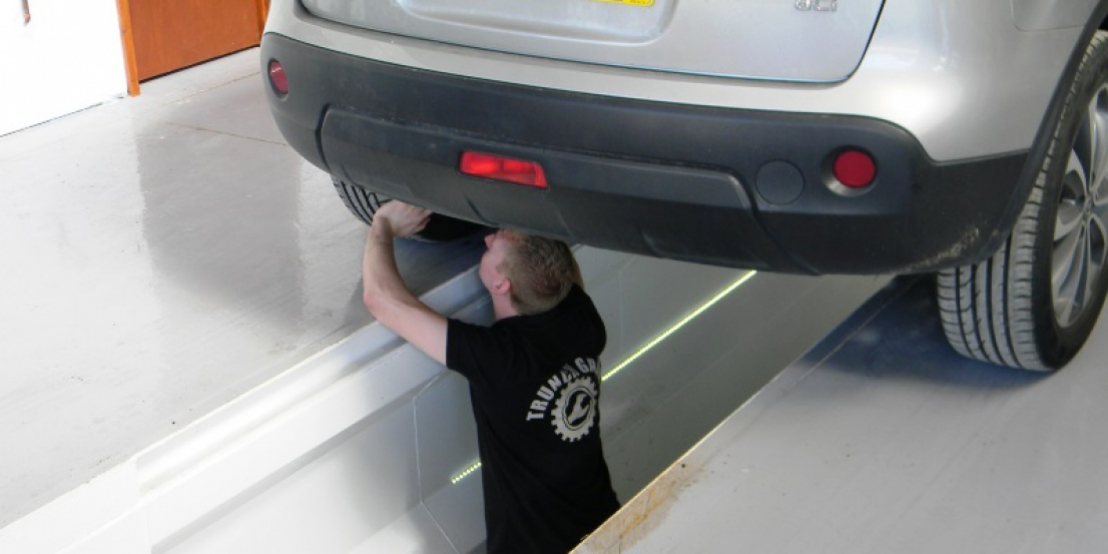

(The Gov's Webpage listing all MOT fees is here.) |
|||
| Vehicle Type | Age 1st Test Required (years) |
Standard Fee | Our Fee Retests are free! |
|---|---|---|---|
| Class IV | |||
| Cars (up to 8 passenger seats) | 3 | £54.85 | £54.00 |
| Motor Caravans | 3 | £54.85 | £54.00 |
| 3 Wheel Vehicles (over 450Kg unladen weight) | 3 | £54.85 | £54.00 |
| Quads (Max unladen weight 400Kg) (For goods vehicles: 550Kg and maximum net power of 15Kw) | 3 | £54.85 | £54.00 |
| Dual Purpose Vehicles | 3 | £54.85 | £54.00 |
| Private Hire and public service vehicles | 3 | £54.85 | £54.00 |
| Ambulances and Taxis | 1 | £54.85 | £54.00 |
| Private passenger vehicles and ambulances (9-12 seats) | 1 | £57.30 | £57.30 |
| Class VII | |||
| Goods Vehicles (3000Kg - 3500Kg) | 3 | £58.60 | £58.60 |
 MOT's Explained.
MOT's Explained.




